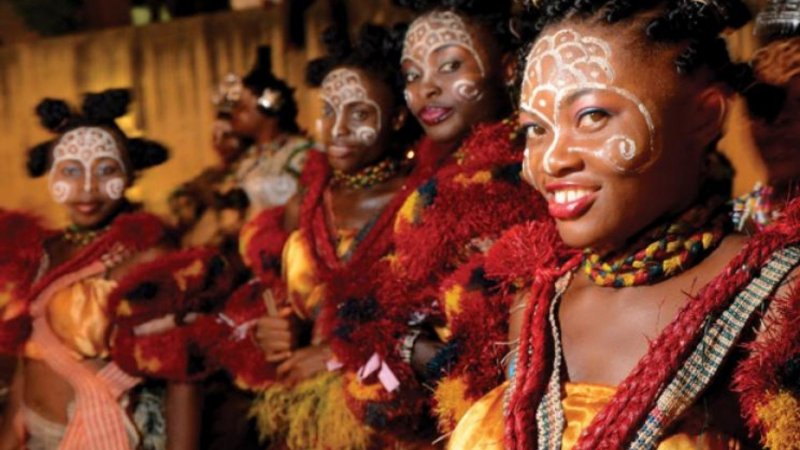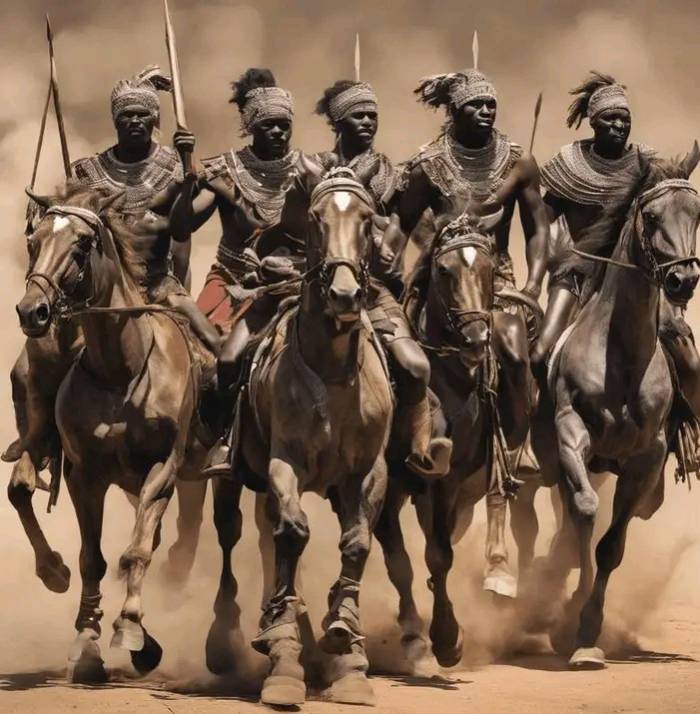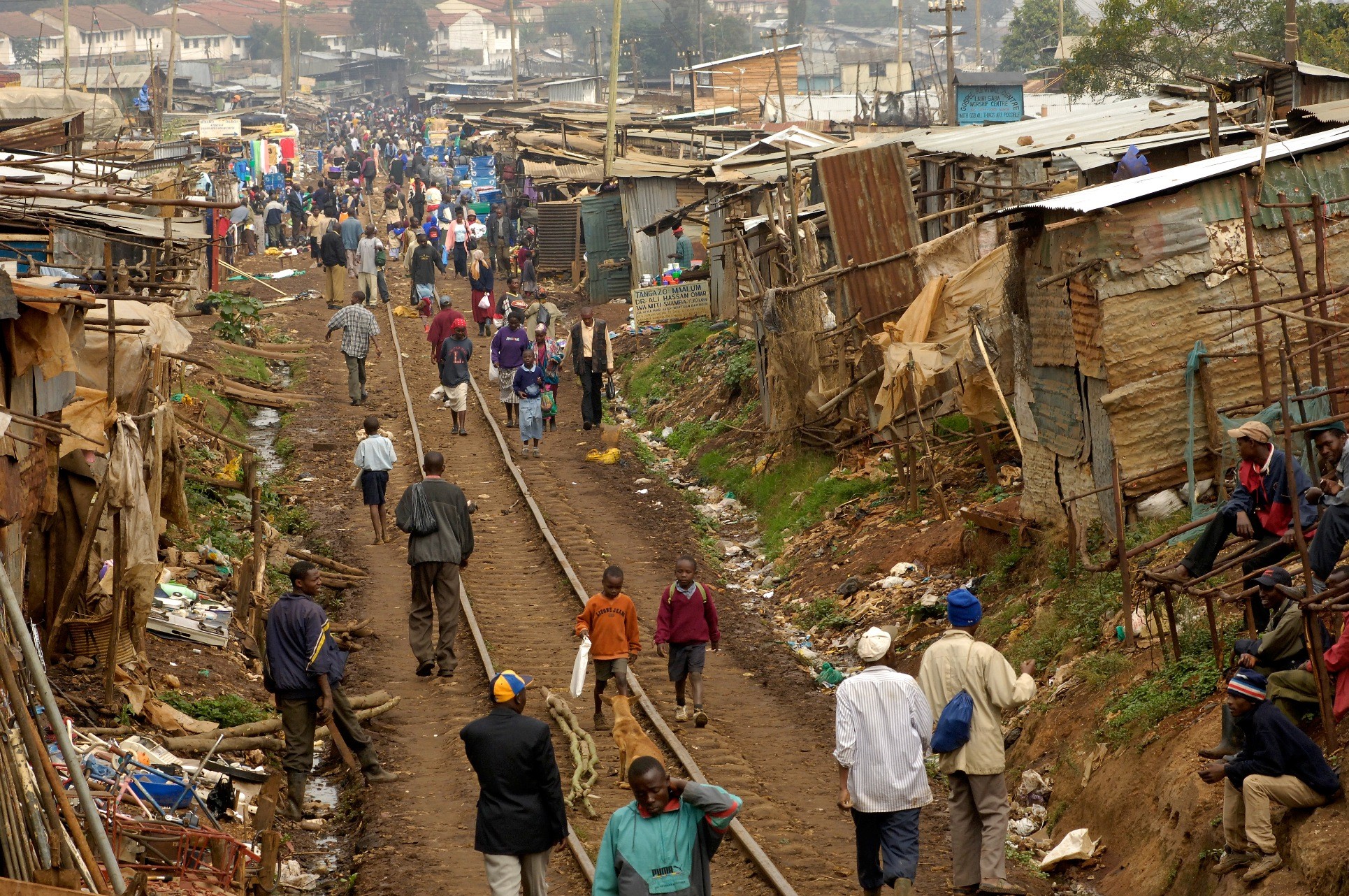Cameroon is often called “Africa in miniature”—and for good reason. It is one of the few countries in the world that brings together so many different landscapes, cultures, and religions in one place.
But many people still don’t know just how rich and diverse Cameroon truly is. They often miss the deep meaning behind this popular nickname.
By learning more about Cameroon’s geography, people, and traditions, you’ll discover why it is a unique country in Africa and the world.
In this article, we explore why Cameroon is called Africa in miniature, what makes it so special, and what lessons we can learn from it.
1. Cameroon Has All African Landscapes in One Country
One of the biggest reasons Cameroon is called “Africa in miniature” is because of its landscapes.
The country has almost every type of natural environment found in Africa.
In the Far North Region, there are deserts and dry lands.
This area looks like countries such as Chad or Niger.
It is hot and dry most of the year.
The Adamawa and North Regions are made up of savannahs and grasslands.
These open lands are used for cattle grazing and farming.
As you move to the South and East Regions, you find thick rainforests.
The forests are home to animals, birds, and rare plants.
This part looks like the Congo Basin and central Africa.
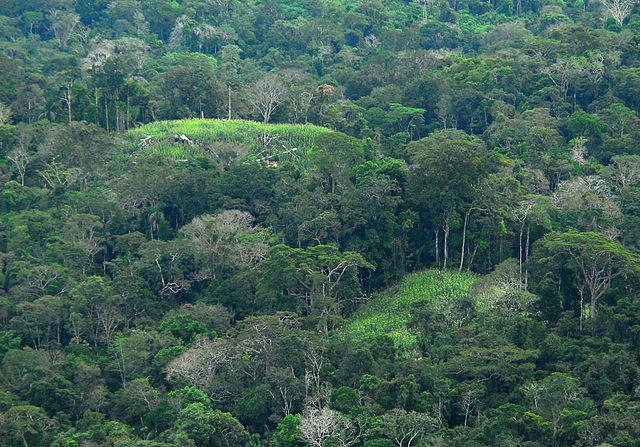
In the West and North-West Regions, you see high mountains and volcanic hills.
Mount Cameroon is the highest mountain in Central and West Africa.
It is also one of the few active volcanoes on the continent.
Along the South-West and Littoral Regions, there are beaches, mangroves, and coastal plains.
These areas are like what you find in countries such as Ghana, Ivory Coast, or Senegal.
So in one single country, you can see deserts, savannahs, rainforests, mountains, rivers, and beaches.
This is very rare in Africa.
2. Cameroon Has Many Cultures and Ethnic Groups
Cameroon is also known for its rich cultural diversity.
There are more than 250 ethnic groups in the country.
Each group has its own language, customs, dances, food, and way of dressing.
Some well-known ethnic groups include:
Pygmies in the rainforest areas
Bantu people in the central and southern zones
Fulani-Bororo herders in the north and northwest
Hausas in the northern towns and trade centers
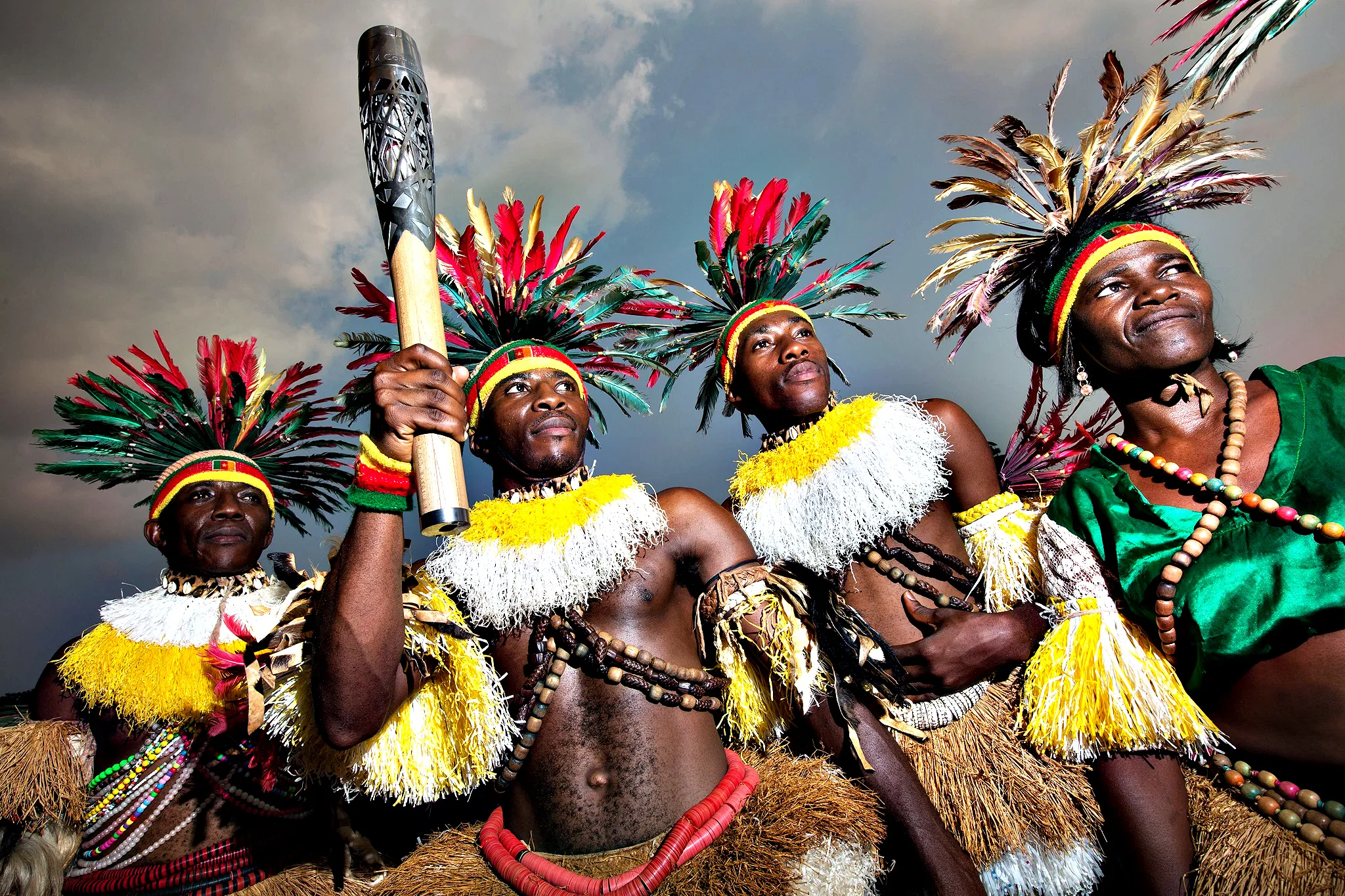
Each community brings its own unique traditions and lifestyle.
This mix of cultures gives Cameroon a strong social identity.
You can attend local festivals and see traditional dances and music.
People wear colorful traditional clothes and tell stories through songs and drums.
Some areas still practice age-old customs passed down from ancestors.
This cultural variety makes Cameroon a model of unity in diversity.
3. A Mix of Religions in One Country
Cameroon is also diverse in religion.
You will find three main types of religious belief:
Christianity – The most common religion, especially in the South, West, and Central regions.
Islam – Strong in the North and parts of the West.
Traditional religions – Found in many rural areas and small communities.
In most towns, churches and mosques exist side by side.
People respect each other’s faiths.
Traditional beliefs still play an important role in many villages.
Some people still consult traditional healers or participate in ancestral rites.
This peaceful religious blend is another reason Cameroon reflects the whole of Africa.
4. Cameroon Speaks Many Languages
Cameroon is one of the most multilingual countries in Africa.
There are over 250 local languages spoken by different ethnic groups.
Apart from these, Cameroon has two official languages:
French
English
These languages came from colonial history.
France and Britain ruled parts of Cameroon in the past.
Because of this, some regions speak mostly French, others speak English.
Some areas are even bilingual.
This language mix makes Cameroon a good example of African communication diversity.
It also helps students and visitors feel welcome in many parts of the country.
5. Tasty and Varied Food from All Regions
Cameroon’s food is another reason it is called Africa in miniature.
Every region has its own local dishes and cooking style.

Here are a few popular meals:
Ndolé – A vegetable dish with groundnuts and meat or fish (West/South)
Eru and water fufu – From the South-West Region
Achu and yellow soup – From the North-West Region
Koki beans and plantain – Common in many southern areas
Corn fufu and huckleberry (njama-njama) – Popular in western highlands
Couscous and sauce – Common in the North and Far North
Most meals are cooked with local spices and fresh ingredients.
Food connects people and reflects their traditions.
This variety of dishes shows how Cameroon’s culture is connected to nature.
6. Cameroon Offers a Full Tourism Experience
Cameroon is a great destination for eco-tourism and cultural tourism.
A tourist can experience different environments without leaving the country.
Here’s an example of a full tour:
Start in the desert towns like Maroua or Kousseri.
Move to the savannahs in Garoua and Ngaoundéré.
Explore the rainforests in Bertoua, Yokadouma, or Ebolowa.
Visit Bamenda, Buea, or Dschang for the mountain landscapes.
Climb Mount Cameroon if you love hiking.
End your trip at Kribi or Limbe beaches, relax and enjoy seafood.
You can also visit national parks like:
Waza National Park – home to lions, elephants, giraffes
Korup National Park – one of the oldest rainforests
Lobéké National Park – rich in wildlife and bird species
All this in one country – a full African tour in one place.
7. Opportunities for Research and Learning
Cameroon is also a great place for researchers and students.
People come to study:
African cultures and traditions
African wildlife and ecosystems
Languages and linguistics
African history and religion
Universities and international researchers often visit Cameroon.
It offers a natural laboratory of African life and society.
8. Business and Investment Potential
Cameroon’s diversity also brings economic opportunities.
Investors can explore:
Agriculture (cocoa, coffee, bananas, livestock, palm oil)
Eco-tourism and cultural tourism
Local crafts and textiles
Mining and natural resources
Each region offers something different.
For example:
The north is good for cattle and cotton.
The south has forests and timber.
The west is good for food crops and coffee.
The coast supports fishing and shipping.
A smart investor can build projects that respect local culture and support the environment.
What We Can Learn From Cameroon
Cameroon shows us that diversity is a strength.
Even though people come from different cultures, they still live in peace.
There is tolerance between ethnic groups and religions.
This brings social harmony and national unity.
Other countries can learn from this example.
Cameroon proves that a nation can be rich not only in resources but also in people and values.

